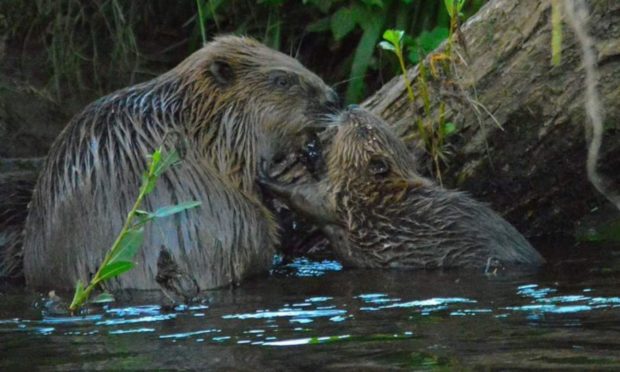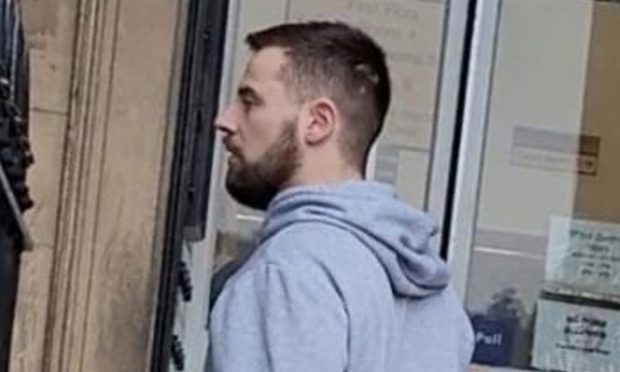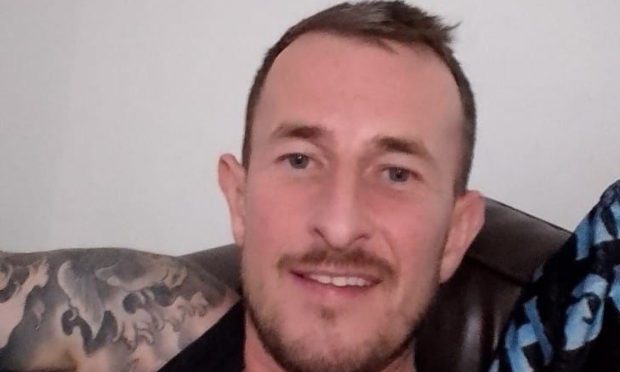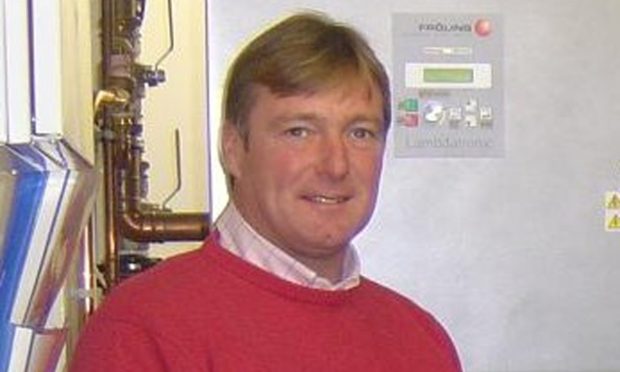A government agency accused of making a deal with the devil over its policy on killing beavers acted in line with the “best available scientific evidence,” a court has heard.
Ruth Crawford QC told judge Lady Carmichael that NatureScot has acted lawfully in allowing farmers to apply for licences to kill the rodent if it damages agricultural land.
The Court of Session heard on Friday that the organisation has allowed the practice because studies show that the beaver population in Scotland is increasing.
Ms Crawford was speaking on the second day of a legal action brought to the Court by the charity Trees For Life.
The charity believes NatureScot should make the killing of beavers a last resort when the animals have unwanted impacts on farming land.
It has raised an action against NatureScot, the Scottish Ministers and NFU Scotland – the organisations are contesting the action. And its legal team wants a court order prohibiting the killing of beavers as it believes the practice breaches the animal’s protected species status.
‘Faustian bargain’
On Thursday, the charity’s lawyer Aidan O’Neill QC accused the government of entering a “Faustian bargain” with landowners by allowing the shooting of beavers. Mr O’Neill was referring to the medieval legend of Faustus who traded his soul for unlimited knowledge and worldly pleasures.
But Ms Crawford said the action brought by NatureScot should be dismissed because the agency and government has acted lawfully.
She said that scientists had studied beavers in the Tayside area of Scotland and found the animals weren’t posing a risk to farmland. She said there was no danger of the beaver population being destroyed by allowing concerned famers to destroy it.
Ms Crawford added: “This is not a question of the beaver population being rendered extinct or decimated in the Tay catchment area.
“My lady in conclusion, i would submit that the first respondents.. were entitled to be certain on that best available scientific evidence before them that the three licensing tests were met and that being so I would renew my motion to dismiss this petition.”
Call for ‘precautionary’ approach
Trees for Life says that given the status of the beaver as a protected species, the correct approach to take to beavers is to adopt “precautionary” measures with regard to their population. The charity says killing beavers should only be allowed as a last resort.
The Scottish Government declared beavers to be legally protected in 2019.
But NatureScot has issued dozens of killing licences when beavers are said to be damaging farmland.
This is despite laws on protected species requiring management to have the least possible impact on their conservation status.
Trees for Life says that if it is successful, it could allow conservationists to identify suitable sites across Scotland to which beavers can be moved to.
They say this could boost biodiversity, creating wildlife tourism opportunities and preventing potential damage to farmland elsewhere.
Relocation
However, the Scottish Government states that beavers cannot be relocated to new areas within Scotland – this is despite NatureScot identifying more than 100,000 hectares of suitable habitat, the options for farmers whose crops are damaged by beavers are currently significantly limited.
The charity has raised more than £60,000 through a month-long crowdfunder campaign to cover the legal costs of the judicial review.
On Friday, the lawyer acting for farmers pressure group NFU Scotland, Farmers Union, James Findlay QC, told Lady Carmichael that beavers were continuing to thrive under the present arrangements.
He added: “What is clear is that the beavers aren’t declining, they’re increasing in terms of both population and territory notwithstanding the licensing regime that’s in place.”
Lady Carmichael thanked the lawyers for their submissions and told them she’d take time to consider the matter.
Saying that she’d issue her judgment in the near future, Lady Carmichael added: “I will take this to avizandum.”










